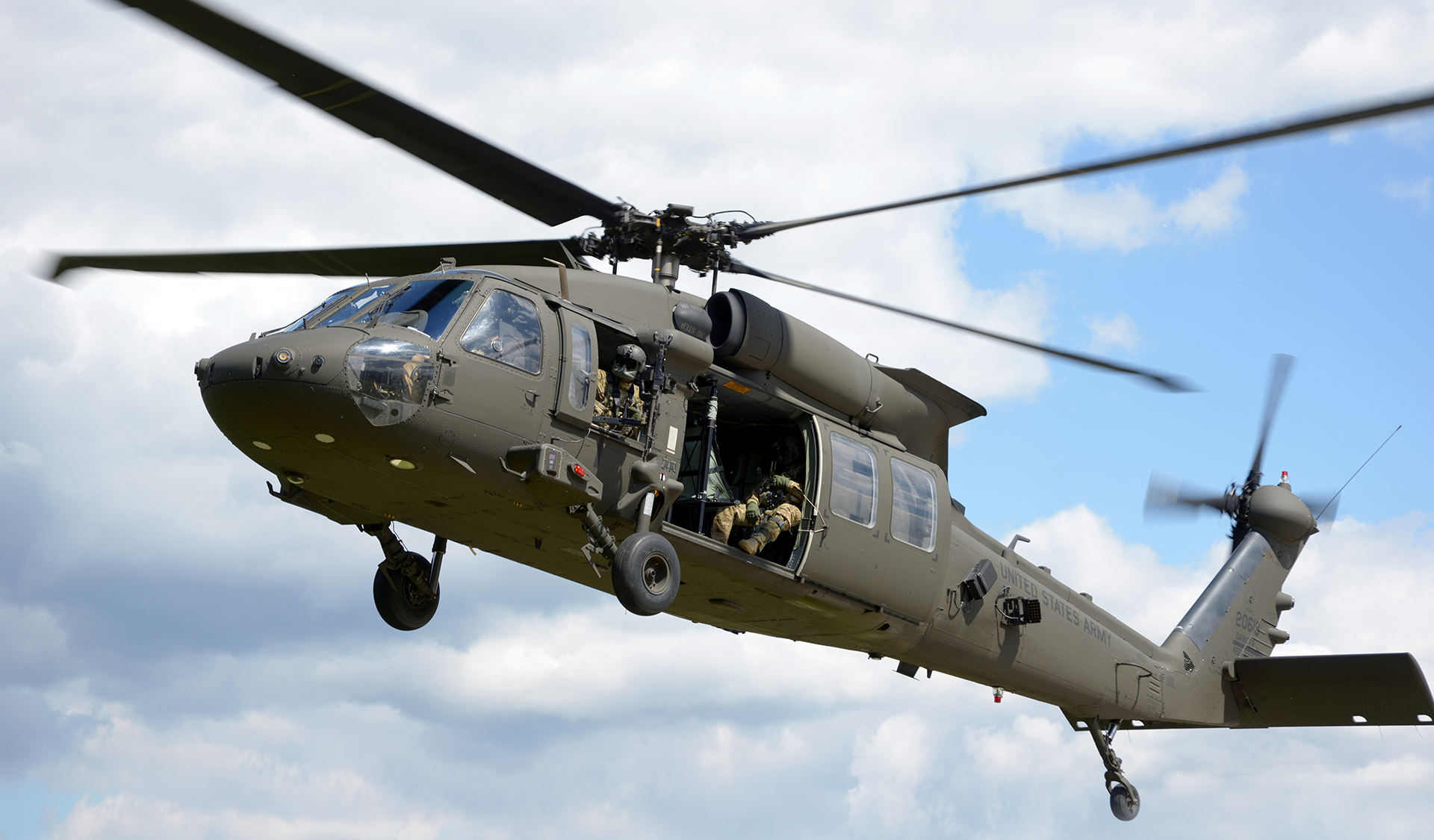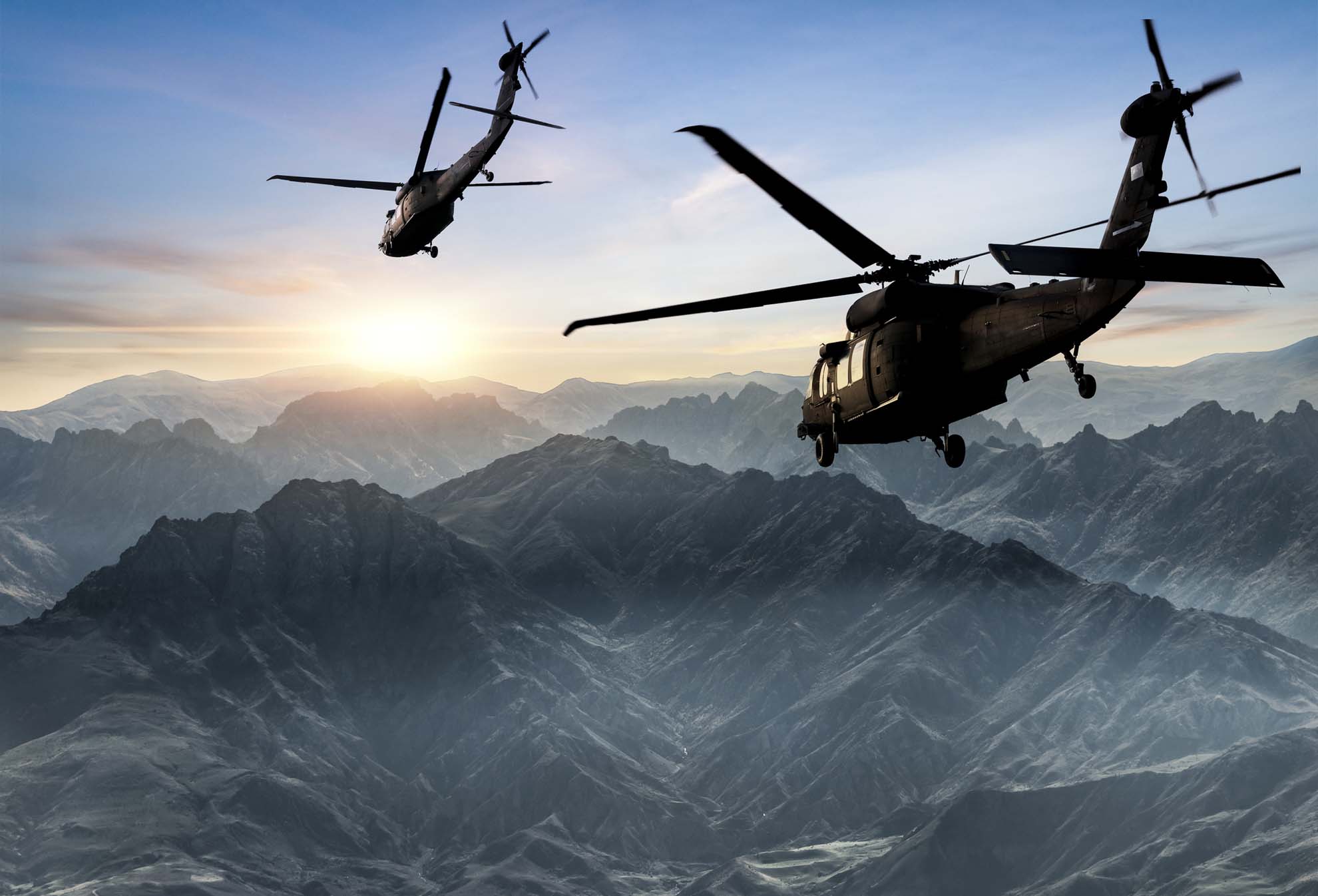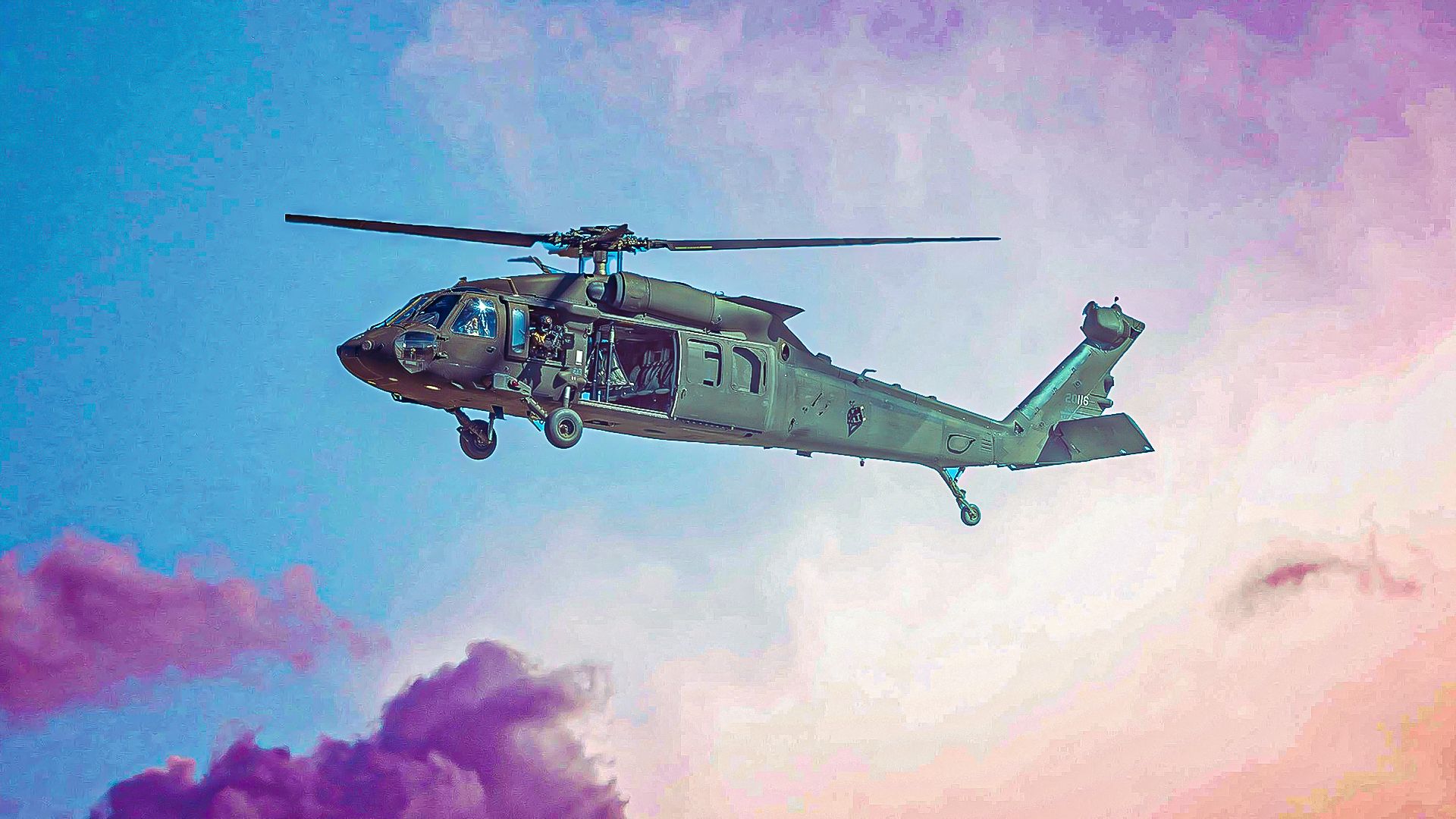A Comprehensive Overview to the Abilities and Background of the UH60 Blackhawk Helicopter
Considering that its inaugural flight in 1974, the Sikorsky UH-60 Blackhawk has evolved from a tactical transport helicopter right into a cornerstone of army operations worldwide. Its substantial usage in diverse functions-- from fight missions to humanitarian relief-- emphasizes its adaptability and strength. As we discover the Blackhawk's journey and its profound effect on both war and aid missions, one may ask yourself how arising technologies will form its future payments to global defense methods.
Advancement of the UH-60 Blackhawk: From Concept to Implementation

Officially presented to the Military in 1979, the Blackhawk was a substantial improvement in rotorcraft technology, including twin engines for higher power and redundancy, a toughened body, and progressed avionics. Its capability to bring 11 totally furnished soldiers or a 2600-pound payload highlighted its versatility and improved operational abilities. For many years, it has been constantly upgraded to integrate the current in army modern technology, guaranteeing its importance in modern-day armed forces procedures.
Secret Missions and Roles of the UH-60 Blackhawk in Modern Conflicts

A number of essential objectives underscore the UH-60 Blackhawk's crucial duty in modern-day conflicts. Its flexibility makes it an asset throughout diverse operations, including troop transportation, medical evacuation, and search and rescue. The Blackhawk's ability to rapidly deploy soldiers into warm zones, frequently under hefty fire, exemplifies its significance in tactical army interactions. Notably, its usage in the 1991 Gulf War and succeeding disputes like those in Afghanistan and Iraq highlights its effectiveness in fight and non-combat situations alike.
The helicopter likewise plays an click site essential function in altruistic objectives. The Blackhawk's convenience prolongs to special procedures, where its stealth and dexterity are paramount.
Technological Enhancements and Future Prospects of the Blackhawk Fleet

Looking ahead, the future of the Blackhawk fleet appears concentrated on increasing versatility and survivability - uh60 blackhawk helicopter. Plans are underway to apply self-governing trip capabilities, potentially minimizing staff risks during high-threat objectives. In addition, hybrid-electric modern technologies are being checked out to improve endurance and minimize the helicopter's acoustic signature. These improvements aim to keep the UH-60 at the forefront of rotary-wing tactical procedures, guaranteeing its importance in contemporary war and altruistic goals for many years ahead.

Verdict
The UH-60 Blackhawk helicopter has consistently verified itself as a crucial possession in military and humanitarian fields. From its inception in the 1970s to its essential duties in significant worldwide conflicts, the Blackhawk has actually adapted via substantial technical improvements. As it accepts future upgrades, including possible self-governing innovations, the Blackhawk is poised to remain a crucial device in both protection and aid missions, mirroring its enduring significance in modern procedures worldwide.
Considering that its inaugural flight in 1974, the Sikorsky UH-60 Blackhawk has advanced from a tactical transportation helicopter into a keystone of armed forces operations worldwide.The UH-60 Blackhawk helicopter, created by Sikorsky Aircraft, started as a visionary job in the early 1970s intended at meeting the United state Army's stringent needs for a tactical transport helicopter - uh60 blackhawk helicopter.Numerous essential missions browse around here highlight the UH-60 Blackhawk's crucial duty in contemporary problems.The UH-60 Blackhawk helicopter has continually confirmed itself as a vital asset in army and humanitarian fields. As it embraces future upgrades, including possible self-governing modern technologies, the Blackhawk is poised to continue to be an essential device in both defense and aid goals, reflecting its long-lasting importance in contemporary procedures worldwide